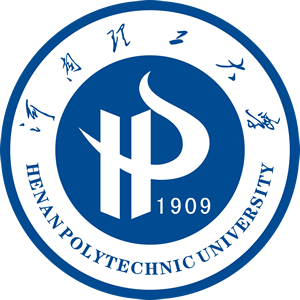
地址: 河南省焦作市高新区世纪路2001号[454000] Tel: 0391-3987069 E-mail: zkxb@hpu.edu.cn,skxb@hpu.edu.cn |

请您访问
|

社会科学版
|
| 供稿: 张玉清 | 时间: 2018-12-19 | 次数: |
作者:张玉清
作者单位:河南理工大学国际合作交流处
摘要:对英语方言的翻译采用汉语方言对等翻译的方法,虽然是目前英语方言翻译的主要方法,但是从翻译效果和后期反响来说却不尽人意。由于英汉方言存在各自文化的差异性,因此单纯方言对等直译不能传达原著的精髓。张谷若先生在译《德伯家的苔丝》时候采用山东方言进行翻译,不仅不能完全传达原著的文化,还为国人阅读增加了一定困难。任何语言的方言都无法用另一种语言的方言做对等替换,只有恰当的运用汉语表达法和加以一定的注释说明才能做到恰到好处。
DOI:10.16698/j.hpu(social.sciences).1673-9779.2013.04.003
分类号:H315.9;I046
Abstract:Though commended by many scholars, the strategy of translating a source language dialect with an equivalent one in the target language is rather problematic in translating English literature into Chinese. Differences between English and Chinese dialects and their use in literature make it impossible for the translator to find a real equivalent in Chinese for the dialect in the English text. The dialects used in the translation, Shandong dialect in Zhang Guruo's translation of Tess of the d'Urbervilles for instance, would invariably miss most of the functions of the dialects in the English text, and make the translation considerably difficult for Chinese readers, distorting the linguistic features of the source text. A better strategy for dialect translation is the use of Chinese colloquialisms combined with necessary notation, which may not be perfect, but conveys in Chinese the major functions of the dialects and preserves the readability of the original.